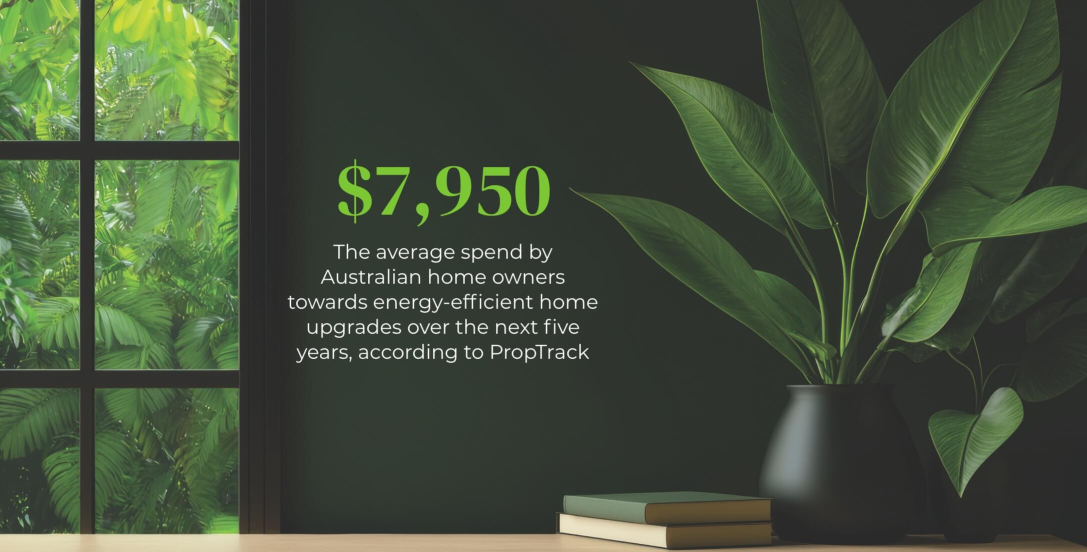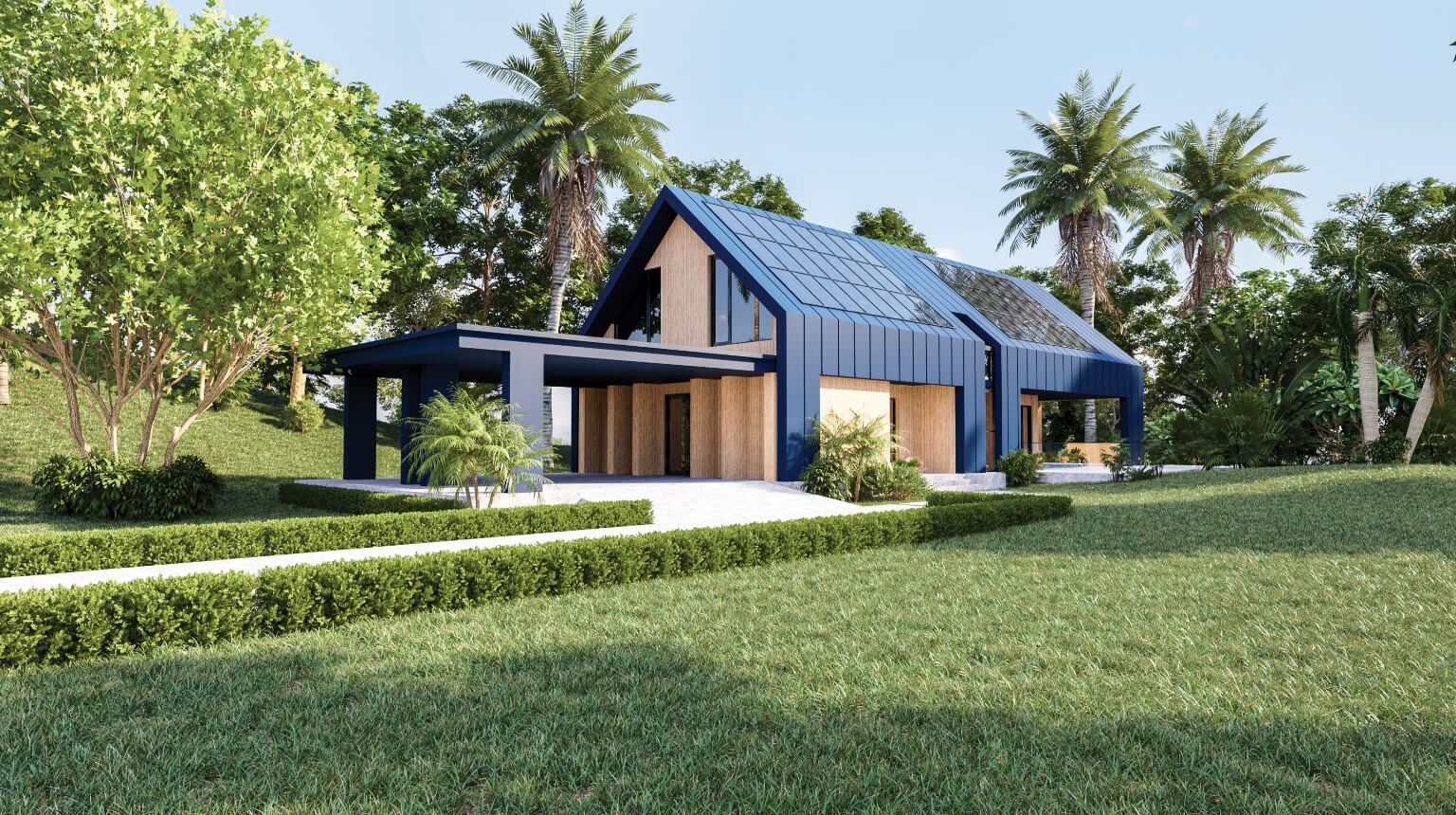Green finance may only make up a relatively small segment of the broader lending market for now, but the nuances of these loans provide plenty of opportunities for brokers.
Borrowers have shown they’re eager to explore the ways they can counter rising power bills. A recent survey from PropTrack, REA Group’s market insights arm, suggests Australian home owners planned to put an average $7,950 towards energy-efficient home upgrades over the next five years, representing a potential nationwide spend of more than $80 billion.
Meanwhile, lenders have continued to launch new products, backed by government incentives, such as the Clean Energy Finance Corporation (CEFC) Household Energy Upgrades Fund (HEUF).
So what – if anything – is stopping green finance from being more widely adopted?
Part of the challenge comes down to the complexity of these loans.
In addition to showing serviceability, borrowers also need to demonstrate specific environmental criteria have been met, necessitating quotes, certifications, or energy ratings.
This, in addition to a lack of awareness from some consumers, is the main challenge facing the segment, according to Zeb Drummond, chief operating officer at Gateway Bank.
“The main challenges are the complex requirements for a property to qualify as an energy efficient, sustainable home, and that only a small number of lenders still offer green finance, which impacts borrower and broker awareness,” Drummond says.
“Pleasingly, Gateway has seen improvements across all these areas in the last four to five years since we launched our green lending solutions in the market. More lenders are entering the market, which is building awareness among borrowers and brokers.
“Certifications such as Nationwide House Energy Rating Scheme (NatHERS) and Green Building Council of Australia (GBCA) Green Star Homes are also becoming more common, enabling access to cheaper green finance solutions.”
Jake Sanders, head of third-party sales at Firstmac, also says awareness is a challenge.
“One of the main challenges is building greater awareness around these products,” he says.
“Many people already qualify – or could qualify with minimal upgrades – but they may not realise what’s required or that such products are available to them.”

Borrower demand
Typically, green finance falls into two categories: green home loans and loans for sustainable upgrades such as solar panels, battery storage, or double-glazed windows.
Green home loans cater for borrowers who want to purchase or refinance a home that already meets high environmental standards – such as a minimum 7-star NatHERS rating – with incentives such as reduced interest rates or fee waivers.
Loans for sustainable upgrades, on the other hand, target those who want to improve the energy efficiency of an existing property and can be structured as personal loans, a mortgage top-up, or as part of a broader refinancing package.
Drummond says Gateway has observed interest across a variety of borrower profiles.
“First home buyers using green finance are, from our experience, buying apartments in certified ‘green’ developments, while we’re seeing borrowers with sustainable homes realise the benefits of refinancing to a lender that recognises and rewards their certified sustainable home with a cheaper rate,” Drummond says.
“There is also a segment of the market that is on the journey to a sustainable, energy efficient home and [wants to] use green finance to fund the required upgrades, renovations and improvements.
“While there are opportunities across the market to support borrowers with green finance, the refinance segment is the most prevalent.”
Amy Beattie, director of brokerage Good Green Home Loans, says she’s observed an increase in the number of leads she received from clients driven by climate concerns.
“The clients tend to be ethically driven consumers concerned about climate change and the impacts it is having in their own backyard and globally,” Beattie says.
“They don’t know where to start when it comes to adding a layer of thought around which banks are the most ethical, or the most environmentally aware when it comes to choosing the most suitable home loan.”
Meanwhile, Marisa Hoffenberg, founder and mortgage broker at brokerage Sustainable Home Loans, says the majority of her green loan clients are already invested in sustainability and called on banks to do more to advertise these products to a wider market.
“Borrowers are becoming more aware and I think banks have to do a lot more in terms of advertising in this space,” Hoffenberg says.
“I think awareness among the broader market is pretty minimal, and most people that I speak to say: ‘Ah I wasn’t aware of that. That’s amazing.’ People that have come to me have already been in the space; they are interested in sustainability.
“I think there’s [potentially] a huge market, but people aren’t aware that it’s available.”
Not easy being green?
For brokers interested in doing more work in this space, understanding government incentives and working with aligned professionals, such as builders or solar installers, can be a good way to sow the seed and uncover new opportunities.
Beattie encourages any broker who wants to write gr een finance to do their homework and understand the credentials of relevant lenders.
“Consumers seeking these loans see it as one of the most important factors for them; above many things that the average consumer rates as the most crucial. Every aspect of their life involves a level of consideration about the negative impacts of that choice,” she says.
“They want brokers to understand and at least know where to start when it comes to applying a values-based filter to your lending panel.
“When they find a broker that is open minded and even has some insight and advice gained by being curious themselves, they won’t look any further.”
However, Hoffenberg warns that success in green lending requires commitment from brokers.
“You have got to be committed and actually want to be in this space,” she says.
“But at the same time, we should want everyone to be in this space. You feel like you’re doing something good and playing your part in improving sustainability.”
We should want everyone to be in this space. You feel like you’re doing something good and playing your part in improving sustainability
– Marisa Hoffenberg, founder and mortgage broker, Sustainable Home Loans
Drummond says it’s encouraging to see activity increasing in this segment and he expects outcomes to improve as the segment matures.
“Green lending remains a small but growing niche in the market, but the more borrowers and brokers that are aware of the options and requirements to qualify for these products, then the more this niche will grow,” Drummond says.
“As the demand grows, more lenders will move to offer products in this niche which will drive further growth.”
Sanders also expects interest in these products to grow.
“We’ve seen strong interest in our green home loan for construction finance, where meeting the minimum NatHERS star rating is more achievable and newly built homes can satisfy the rule that they can’t be more than 12-months old,” he says.
“Refinancers and upgraders have shown solid demand for the solar product – particularly when adding solar as part of their refinance journey.”



